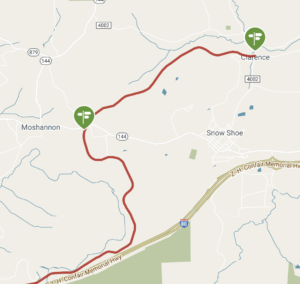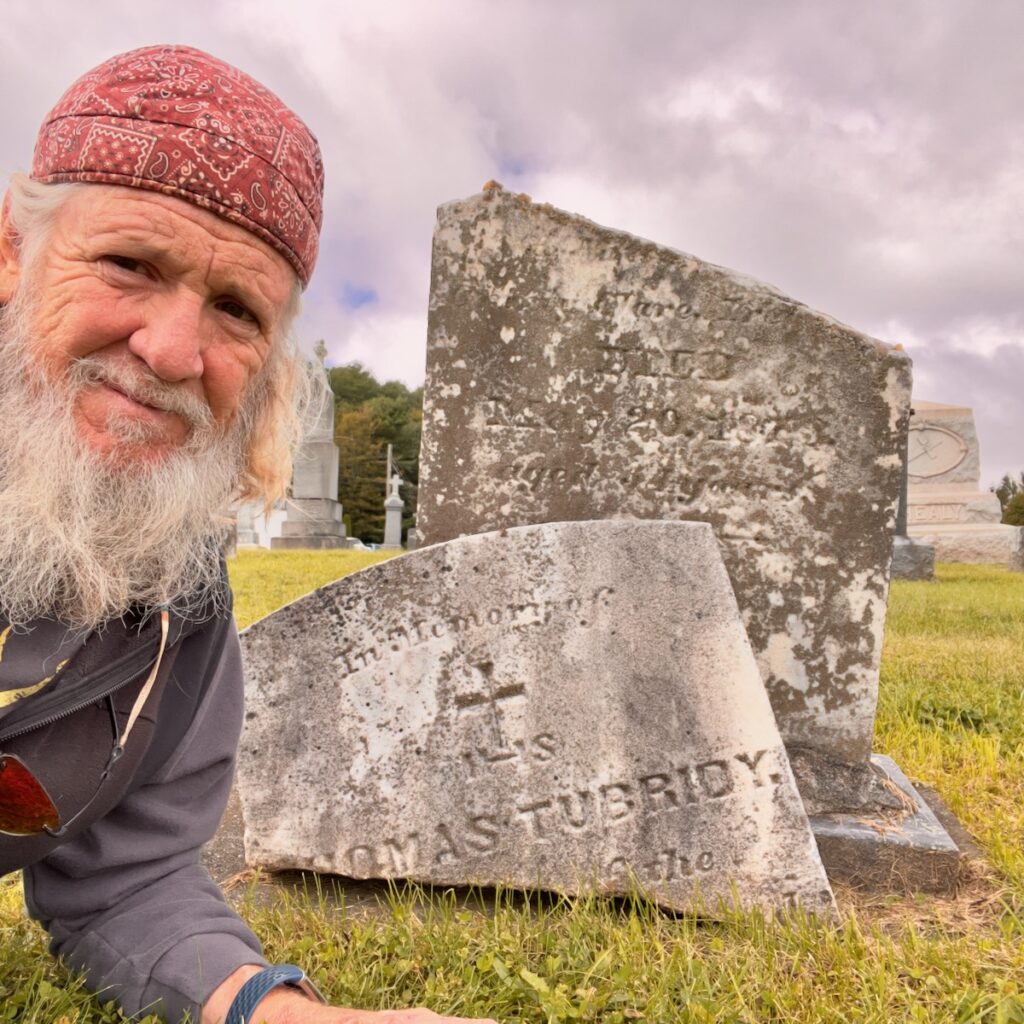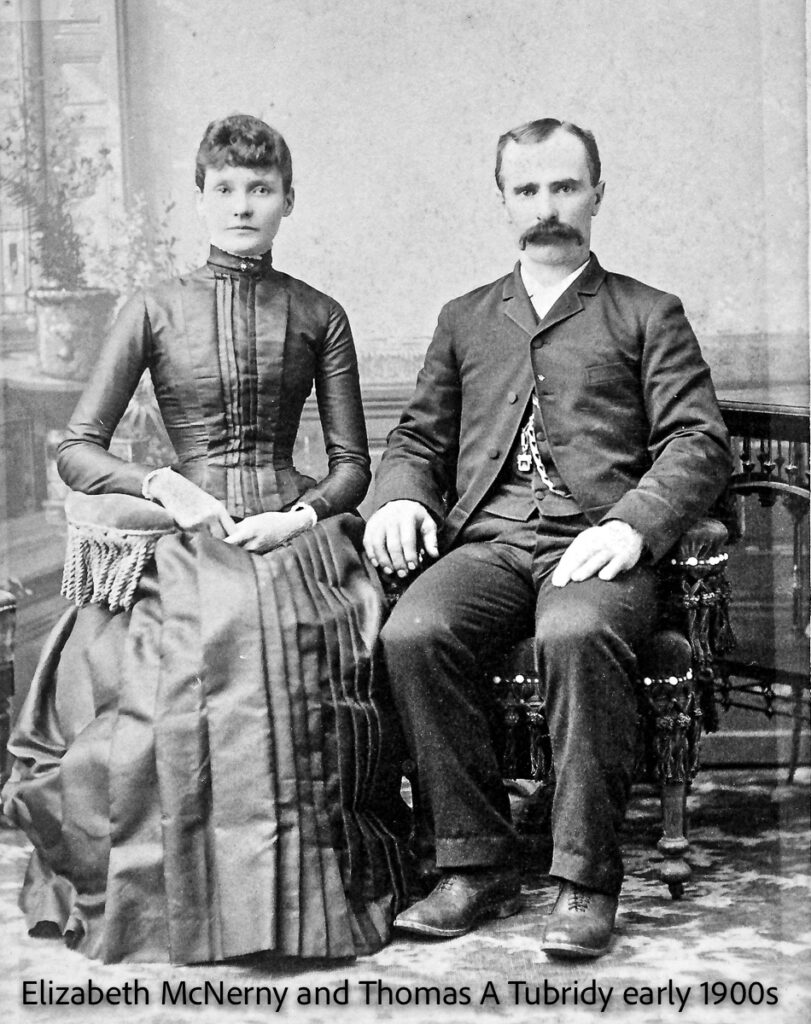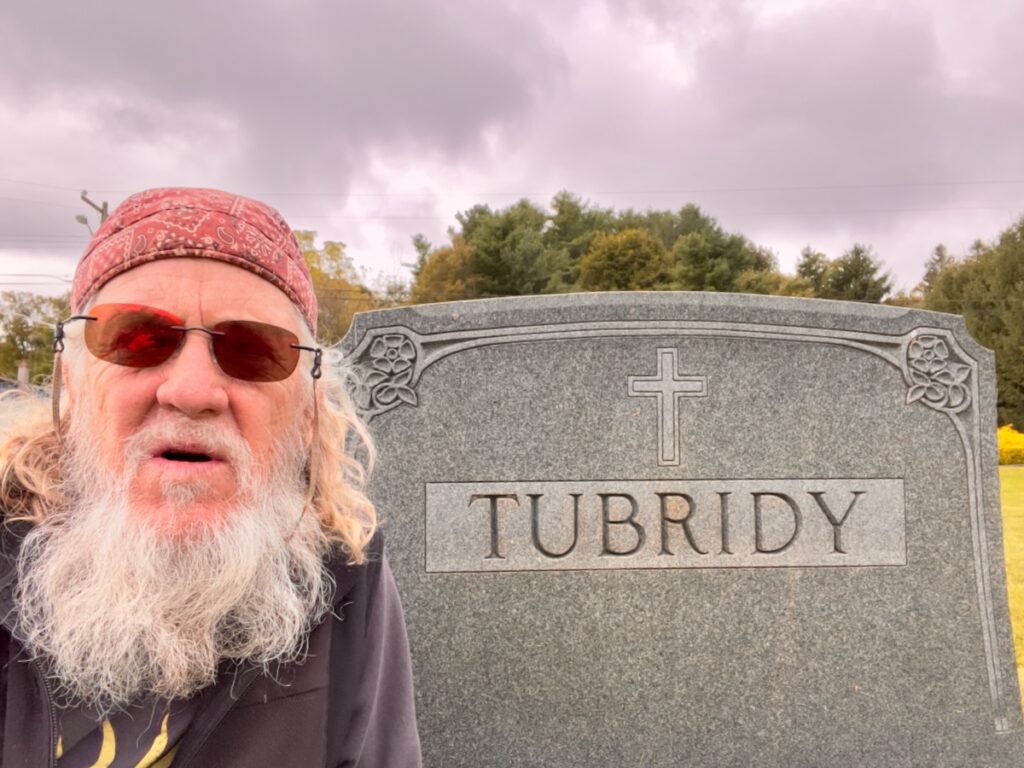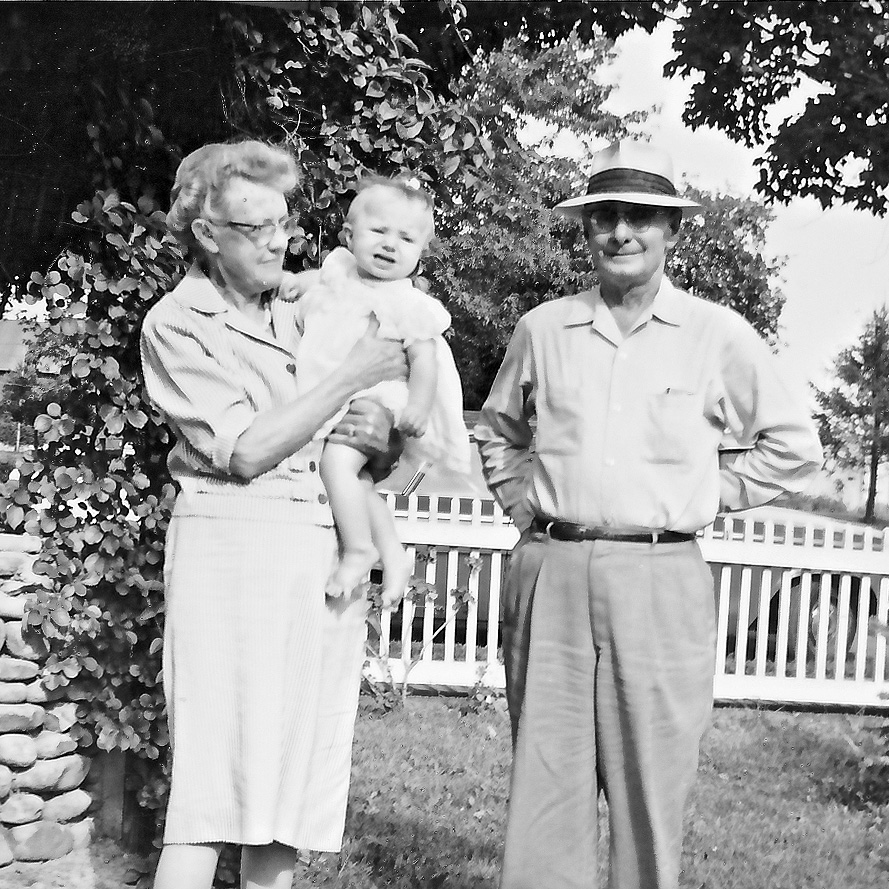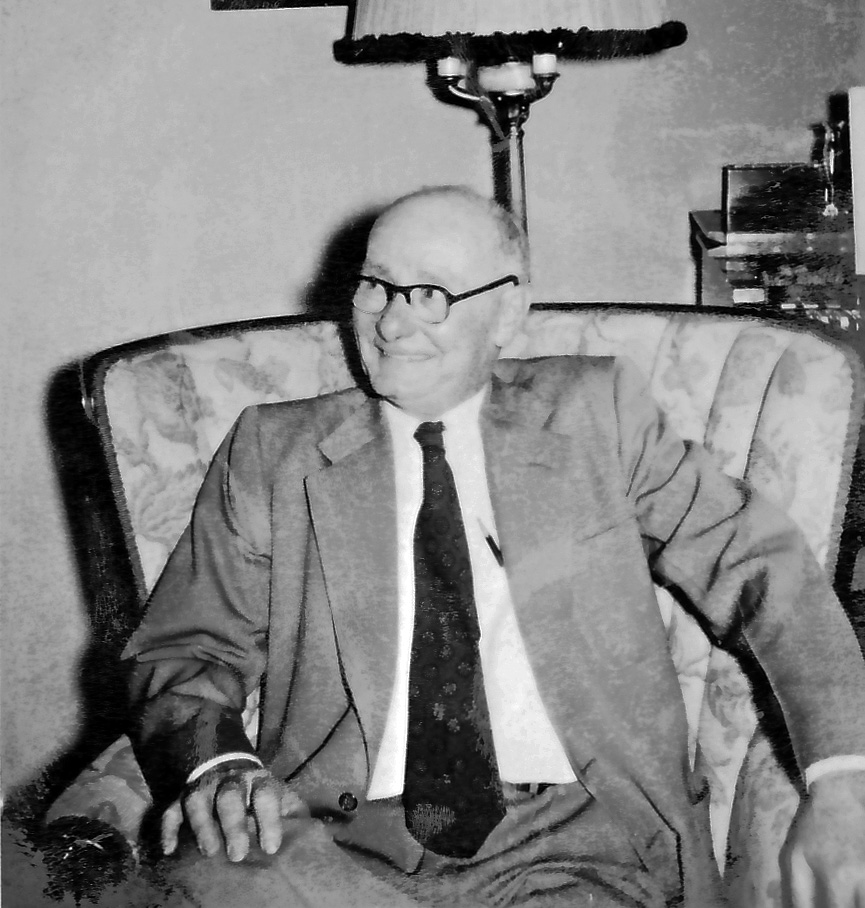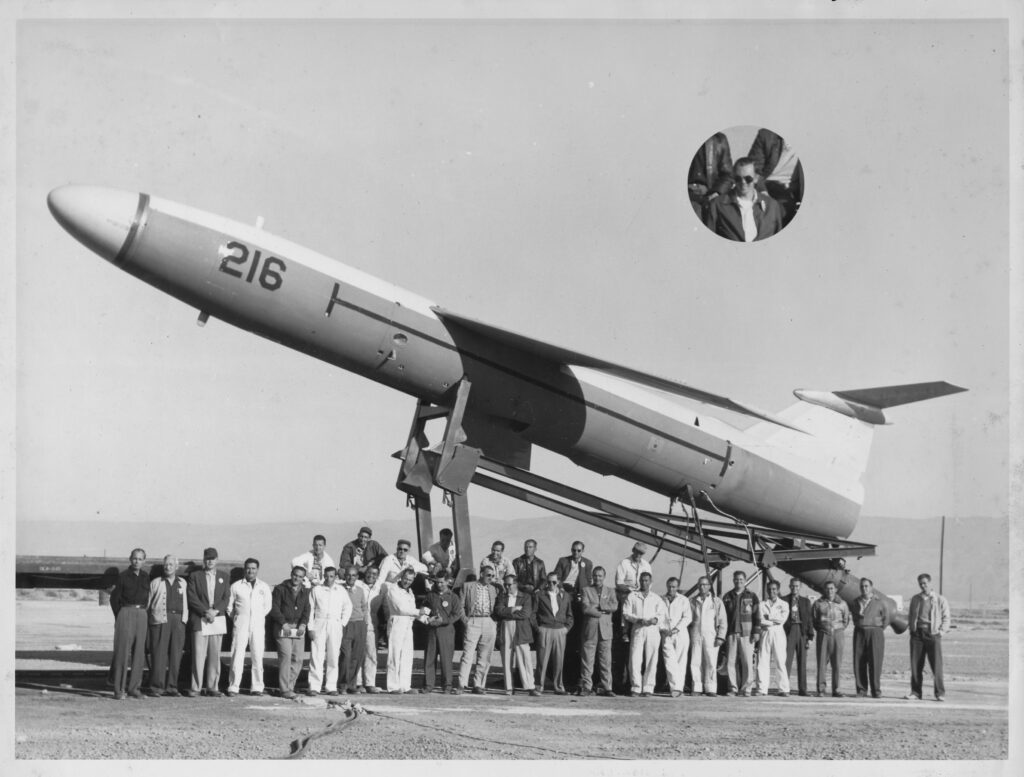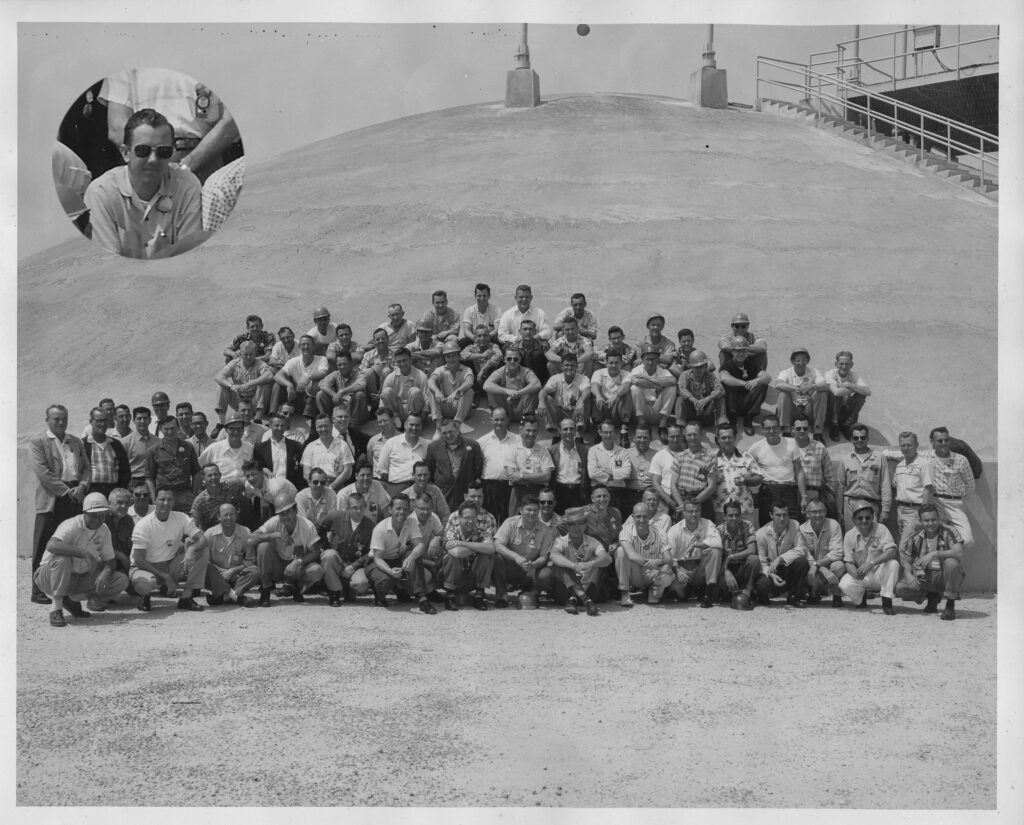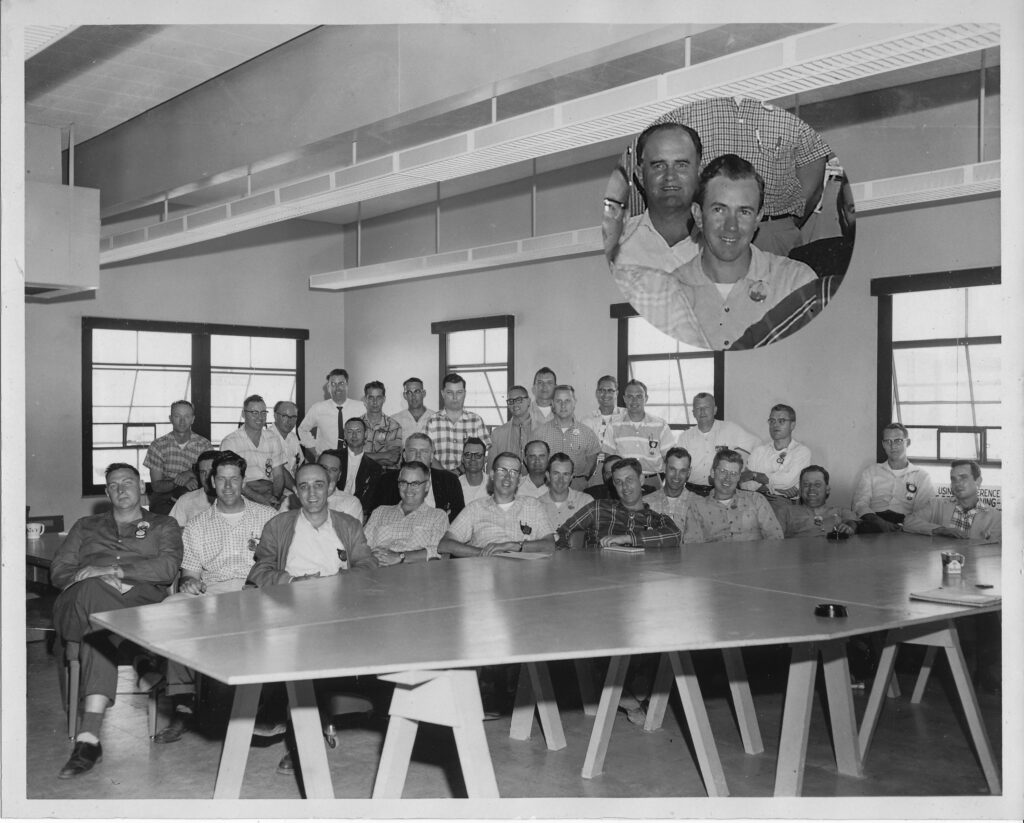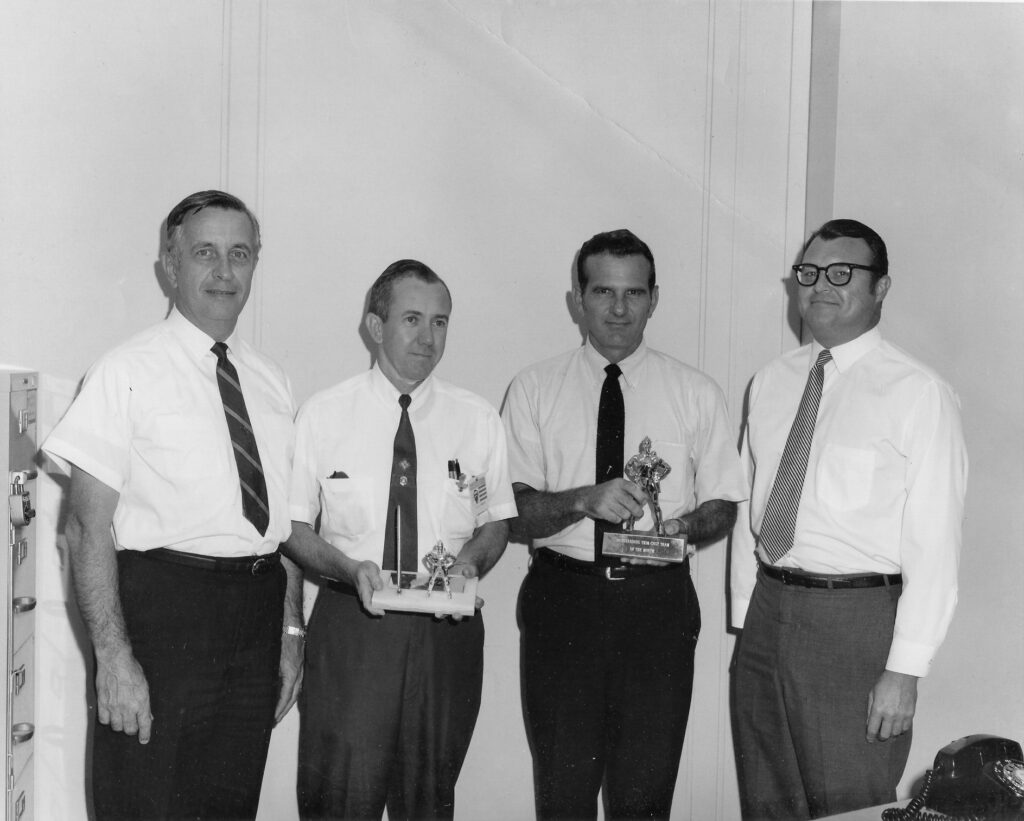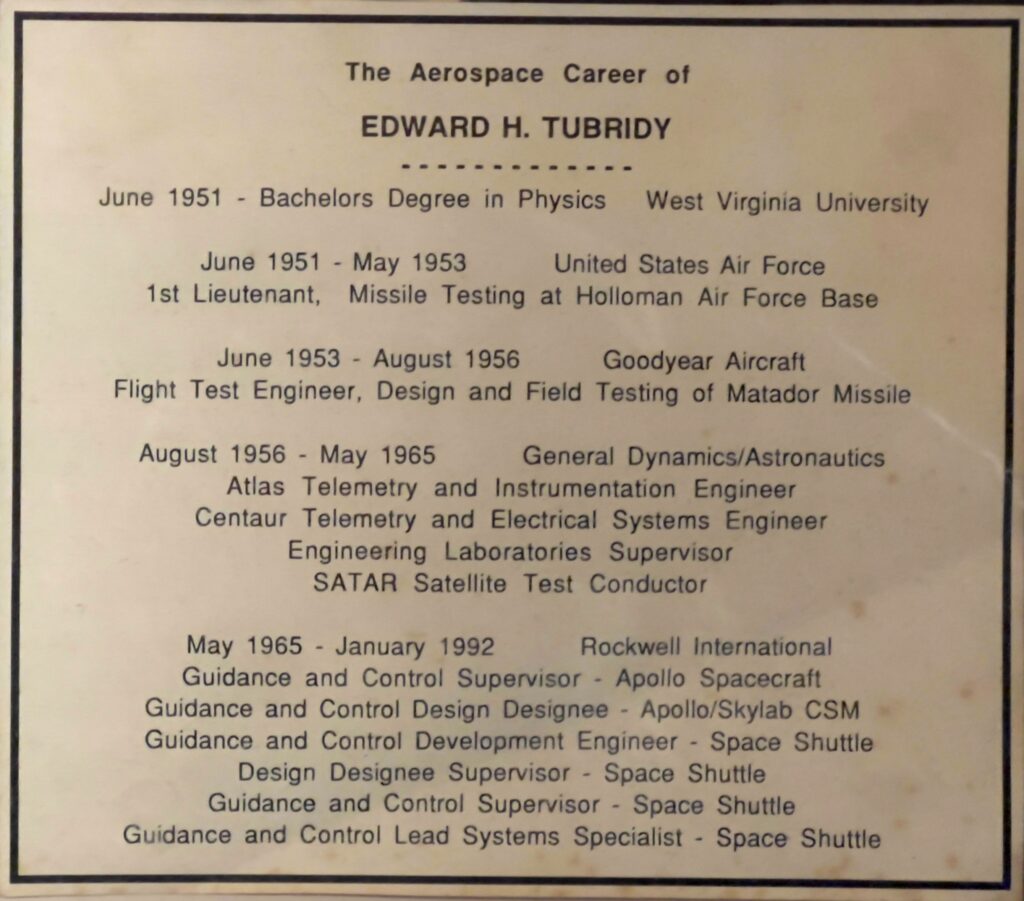The name Tubridy originates from the old Irish word Tiobraide. In Gaelic, the word tiobraid means a well or a spring. O Tiobraide are the descendants of Tiobraide. This sept (Irish clan) originated in Munster, an old Irish Kindom in the southwest of Ireland before the Anglo-Norman Invasion of that country in the 12th century.
Tubridy name*
One school of thought says the surname Tiobraide is associated with a group of people that lived near a well – perhaps one with some significance (spiritual, etc.). The name appears in several places in the Annals of the Four Masters, a compilation in the 1600s of older writings and a chief source of early Irish history. An early form of the name was Tipraiti, which appears in these writings in the 2nd and 8th centuries. Later, the name takes the form Tipraite and Tibraide, which appears in the 14th-century Book of Lecan. It also appears as Tybryth around this time in the tax records for County Carlow.
More common forms, including Tubridd, Tubritt, Tubbred, and Tibrud, started to appear after the 1600s. During the Irish diaspora of the 1800s, the name Tubridy (and less often Tubrid and Tuberty) was spread to the New World, including America and Australia, and to England.
Legends
There have been several legends involving Tiobraide over the years.
In the Four Annals, Tipraiti Tireach was one of many legendary Kings of Ulster who lived in the second century. The name Tibraide Tireach appears in an early tale about a single unborn child who escaped death from a massacre of the nobility. The name is wrapped up in a legend with other families that concerns the arrival of invaders from the Spanish peninsula in the 1500s. The tale of the so-called Black Irish as descendants had unusual black hair.
I first heard this tale in the late 1990s from Rebecca Tubridy in Australia. According to the legend, a Spaniard who survived the sinking was swept ashore on the West Coast of Clare and was given refuge by a woman surnamed O’Riada, hiding in a dry well near her house. As the man could not speak either English or Irish, he was known as “O’Tiobraide,” meaning in English “of the well of Reidy(O’Riada).”
As a small child, I remember hearing that Thomas Tubridy had to flee Ireland to escape the authorities. When he immigrated, the Great Famine had started in Ireland due to the potato blight that swept Europe at that time and England’s heavy-handed economic policies. The story goes like this, ‘he had to swim from the shore to a boat to escape getting caught.’ I may have inserted ‘swam to the boat with a broken arm’ to impress my friends. Regardless, it was a tough time, and I’m sure glad he got out!
Descendants of Thomas Tubridy
My Father started doing genealogy work on the Tubridy-Horton family in the 1990s after retiring from a career as a bonafide rocket scientist. So he did an excellent job with the early internet and had many of the pictures I have of the family. I recently picked this up and was amazed at how much is online now with Ancestry.com and other sites. This is what I have learned…
Thomas Tubridy 1819-1873
Thomas Tubridy immigrated from Doonbeg in County Claire on the west coast. He was married in Ireland in 1844 at age 26 to Ellen Dillen, who was 16. This took place in Kilkee, further south along the coast. Six years later, they had their first son Francis in 1850.
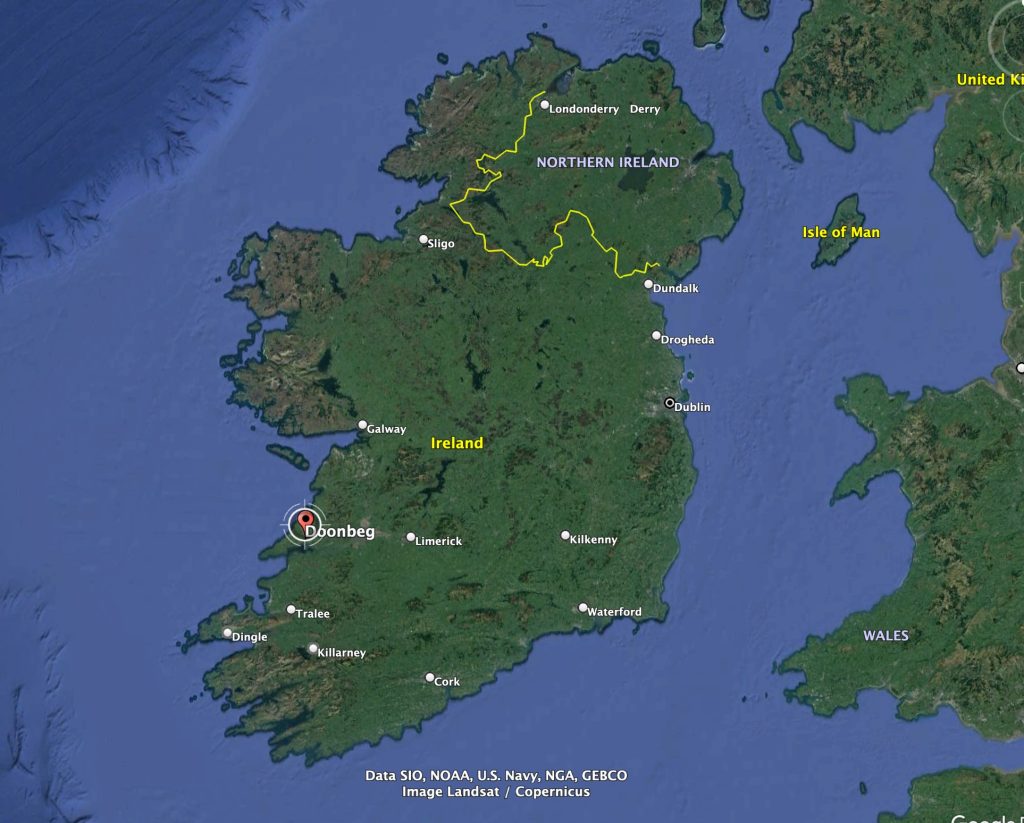
Sometime shortly after the birth of Francis (Frank), the small family immigrated to the United States. Their next child, Catherine, is shown in the 1870 census to have been born in Vermont in 1852. Sometime after that, they moved to Centre County, Pennsylvania. The rest of their five remaining children were born in Snow Show, Pennsylvania.
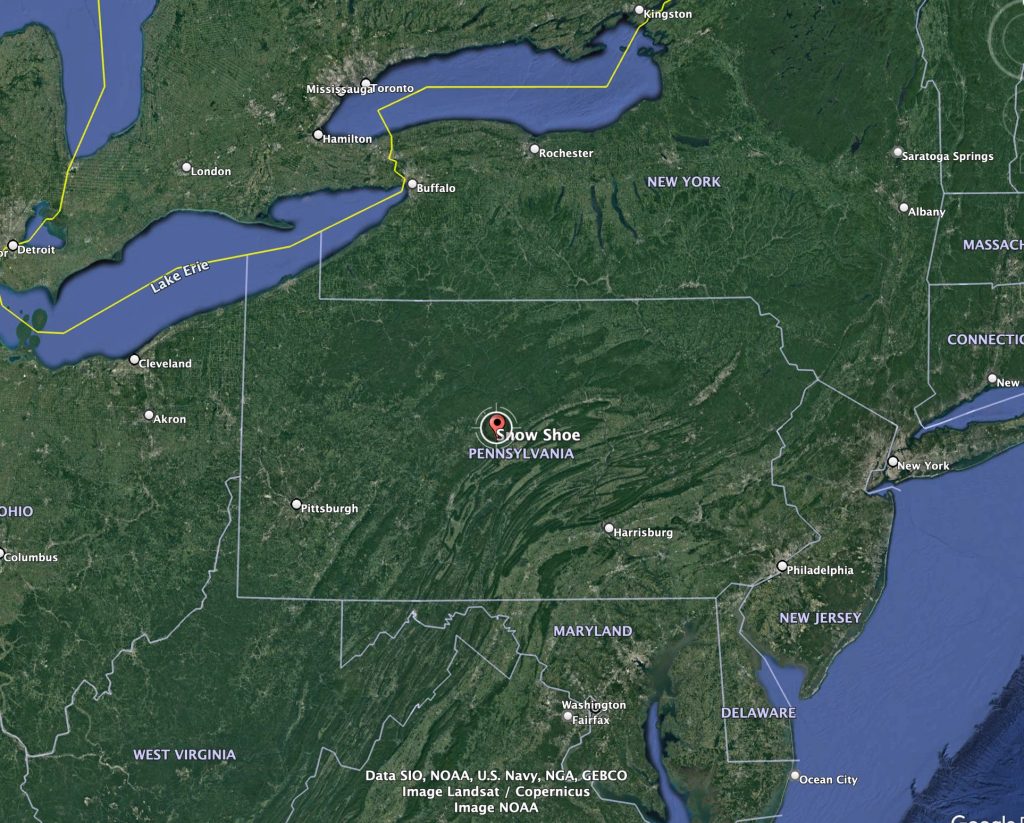
The next child was a son, Michael, who died in 1869, right before the 1870 census. The remaining children were three girls – Susan, Jane, and Anna – followed by the last child, Thomas Anthony Tubridy – my great-grandfather. He was 12 years younger than his older brother Francis.
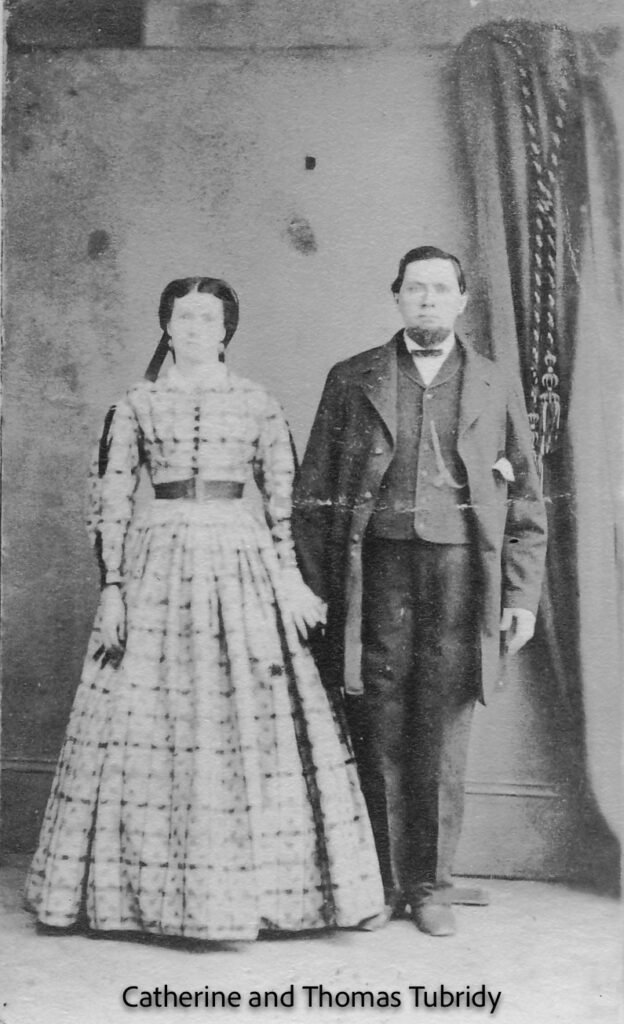
In the 1870 census, his occupation is listed as a farmer. They settled in Center County in Pennslyvania. They lived in the areas around and between Snow Shoe and Moshannon. Gillentown is a village near Moshannon and is now the trailhead for the old railroad bed.
This area is about 200 miles east of New York City. A rail line was built in 1884 (about nine years after Thomas died) to supply the growing east coast with coal from the Clearfield Bituminous Coal Company. Many of Thomas’s male descendants, including my Grandfather, worked in mining.
Thomas Anthony Tubridy
Thomas’ Father passed away when he was ten years old. At 27, he married Elizabeth “Lizzy” NcNearny. Her Father was Irish and married to a woman born in Pennsylvania. He and Lizzy had two children: an older daughter, Ellen, who never married, and my Grandfather, Edward Bernard. Less than two years after Edward’s birth, Elizabeth passed away. In the 1990 census, he was shown living with his older sisters, Kate and Annie, who must have run a local grocery store in town as both were listed as grocers.
In the 1900 census, his occupation was listed as a coal mine operator, and their residence was listed as Gillentown. I suspect this position enabled him to send my grandfather to college at Penn State. He is remarried to Julia Agnes Gleason sometime in the next nine years. She is older but had their first child, Mary, at age 37, and their son, James Thomas, two years later. As far as I can tell, James Thomas had no male children.
Thomas lived to age 72 and died in Moshannon in 1935. He was buried with his daughter Ellen E. ‘Nellie’ and second wife Julia in Saint Mary’s Catholic Cemetery at Snow Shoe.
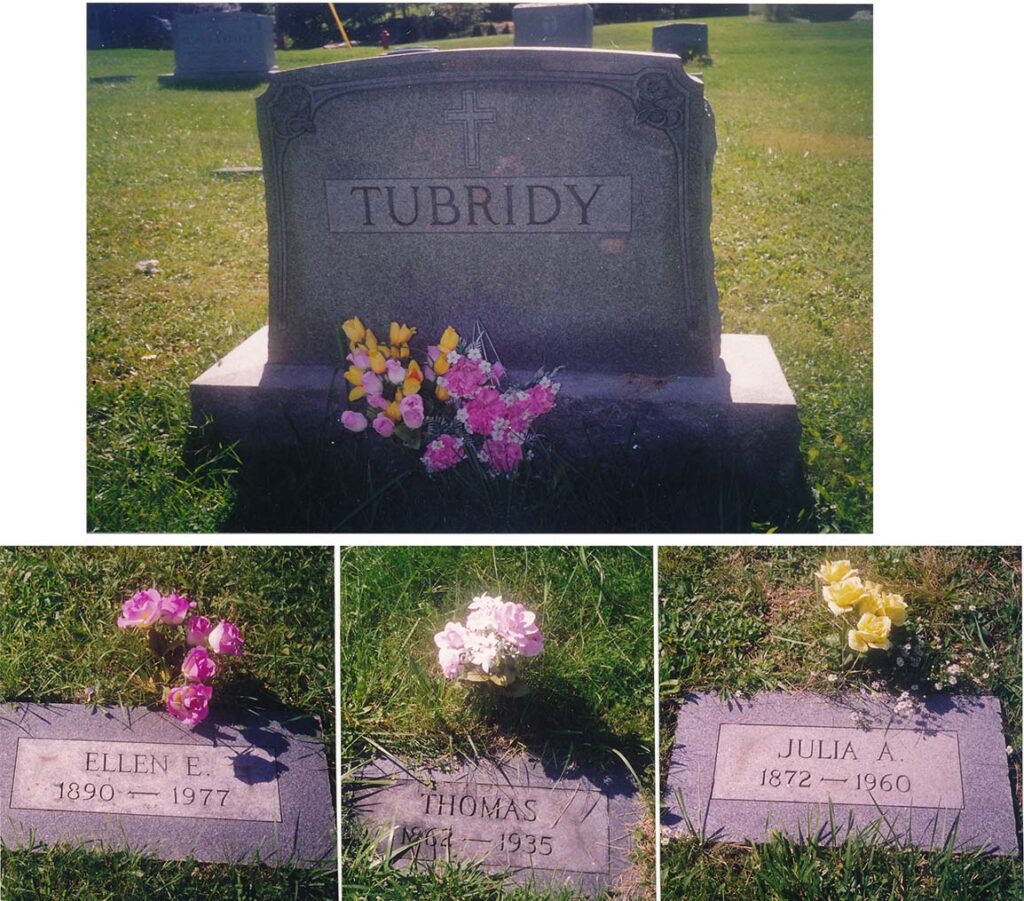
Edward Bernard Tubridy 1893 – 1966
In the 1990 census, he appears as Eddie, living with his Father, older sister Ellen, and two Aunts. Sometime between then and the next record, his Father remarries, his half-sister Mary and half-brother James are born, and he begins attending nearby Penn State University as a Mining Engineer major. Penn State was only 30 miles south in State College.
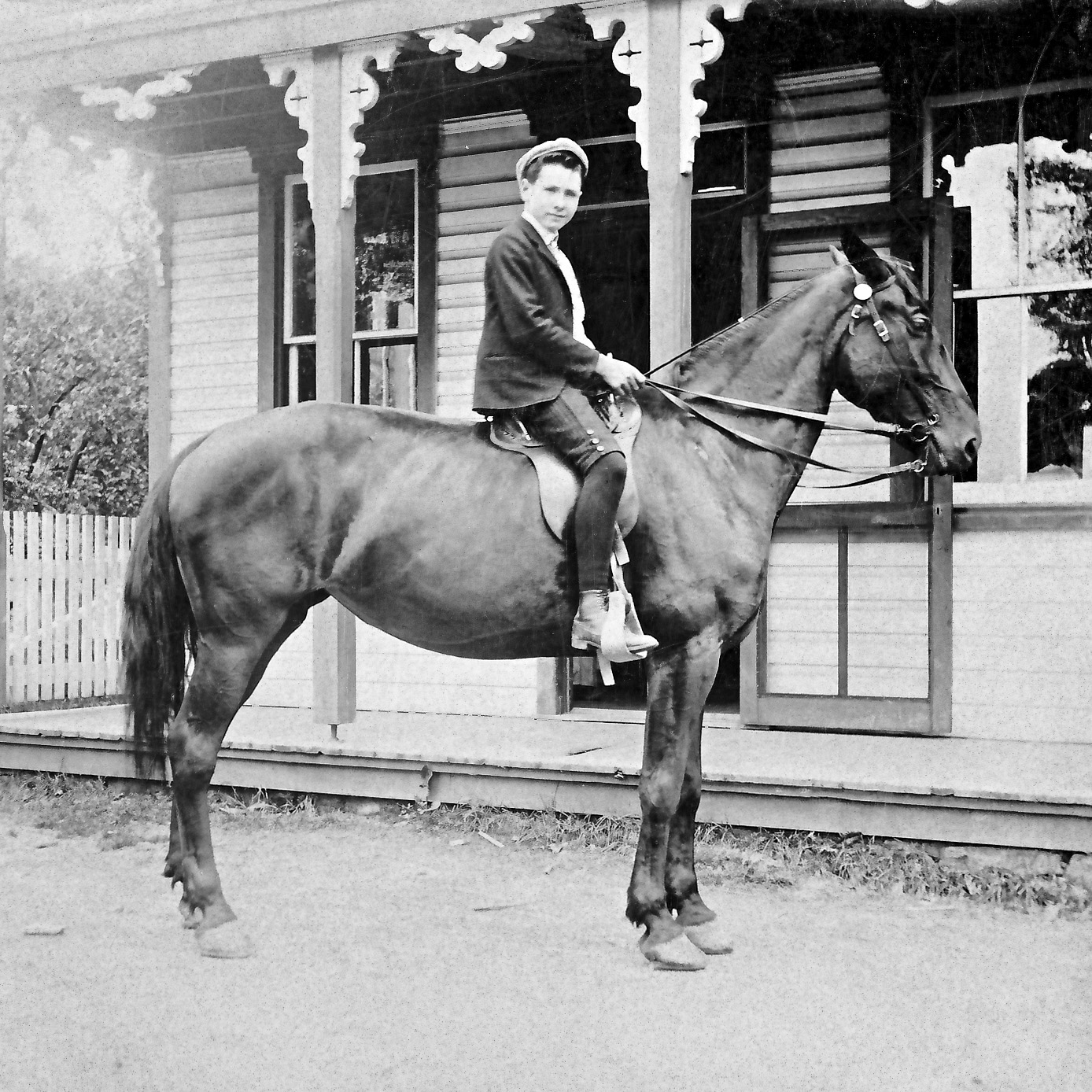
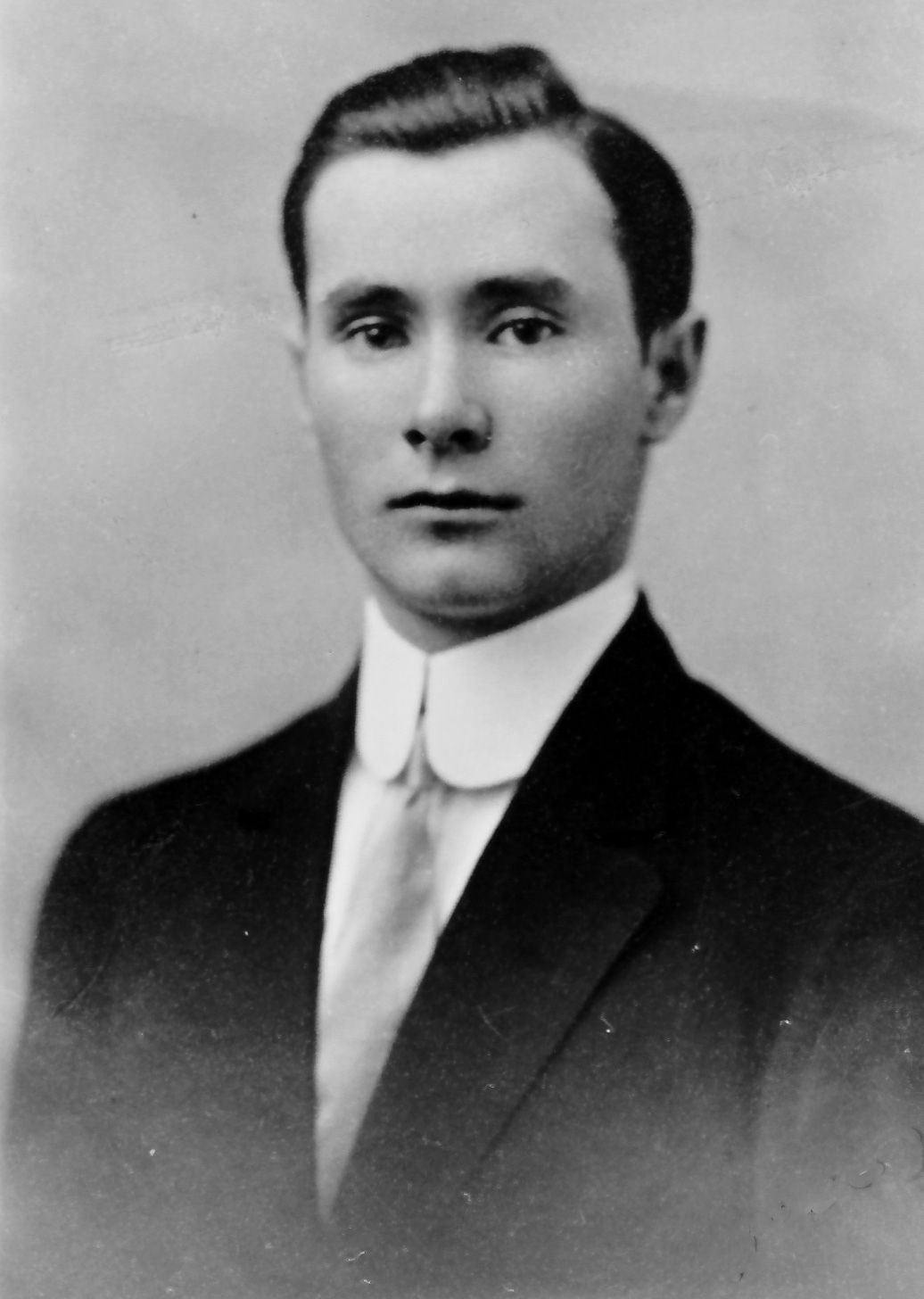
While attending Penn State, he served a short stint in the Army towards the very end of World War One. His military service records show he was inducted in August 1818 and honorably discharged in June 1919 as a Private First Class. Initially, he was part of the US Pioneer Infantry Regiments. These were similar to regular army troops but were also trained in combat engineering. It was said they did everything the regular infantry was too proud to do and the Engineers too lazy to do. The record showed, however, that he spent the most time deployed to the Army Corp of Engineers. There was a tremendous shortage of engineers in WWI, so I guess he was part of a program perhaps arranged through Penn State as part of his studies there. This might account for the short time of his enlistment and the different assignments. He returned from France at the war’s end and continued his studies at Penn State.
In the next ten years, he married my Grandmother, Sarah Ellen Horton, and moved to the Coxton Mining Camp near Harlan, Kentucky, to work as an engineer in the mines. My Father was born there in 1929. Their residence in 1935 was in Weeksbury, Kentucky, a bit further northeast.
By 1940, they had moved to a new mining town, Wharton, West Virginia. In 1942, they moved again to Grant Town, West Virginia. It was quite a bit further north, near the Pennsylvania border. At some point, he started working for my Uncle Edward Shaw.
Edward Shaw and his family lived in Morgantown, where he was in upper management at a local coal mine. His wife was the older sister Mary of my mother, Betty. Mary had helped her older sisters raise their younger sisters, including Betty. Betty lived with the family after helping her care for her young children. She had a job at the local post office. My Mother and Father met around late 1952. My Grandfather and Father were invited to the Shaws to watch a World Series baseball game on their brand-new TV.
At some point after that, he retires and moves to Gate City, Virginia. My Grandmother had relatives living there. I have some memories of visiting in the early 1960s, mostly of him smoking a pipe in his easy chair. He taught Rick and me how to tie our shoelaces by putting an extra knot in them – something I have done my entire life. He passed away in 1966.
Edward Horton Tubridy 1929 – 2002
Dad finished high school in Grant Town, graduating in 1947. From there, he went to the University of West Virginia and graduated with a degree in physics in 1951. He was in ROTC in college. While there, he was able to arrange his service to be in the fledgling United States Air Force. The Korean War started in 1950 while he was in school, and he thought his chances of not getting killed would be better in the Air Force rather than as a Lieutenant in the Army and in the sights of the enemy as a priority to kill!
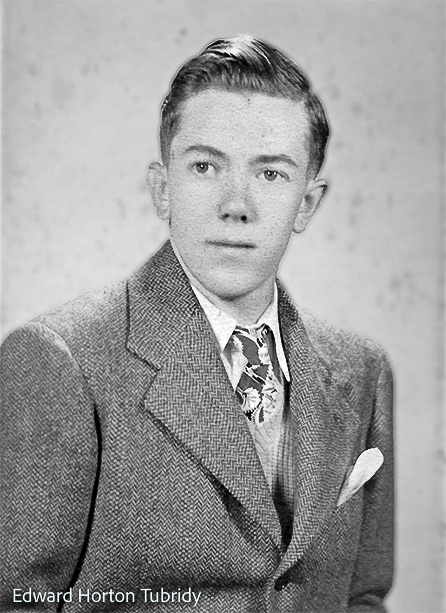
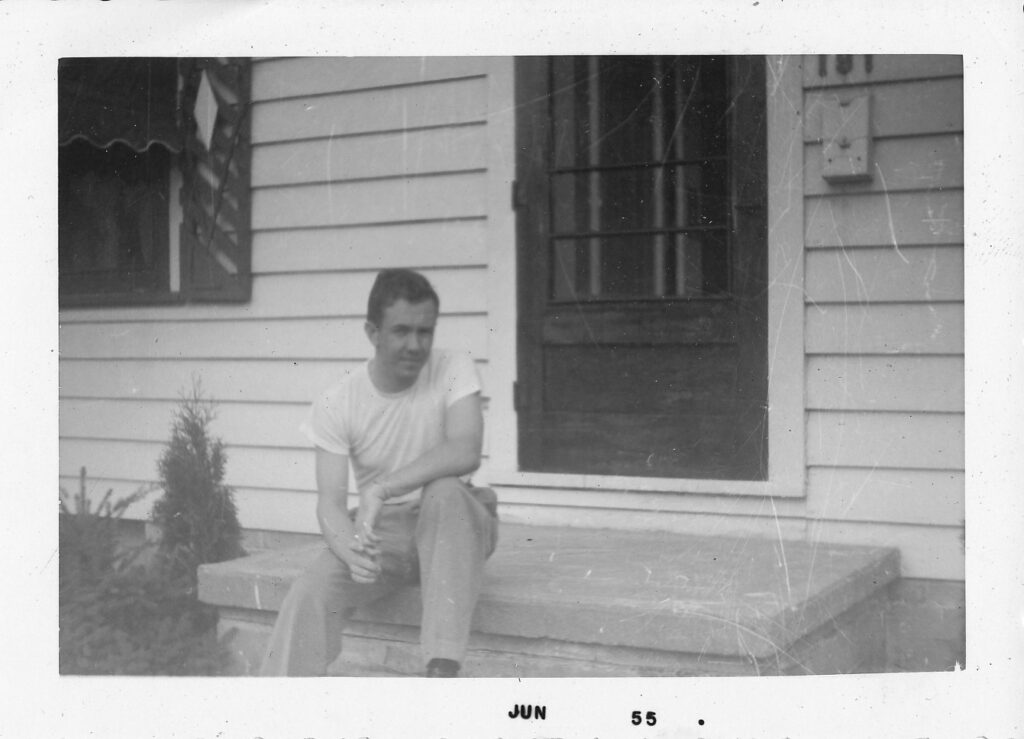
After graduating, he entered the Air Force in 1951 and was assigned to the Holloman Air Force base on the new White Sands Missle Testing Range near Alamogordo, New Mexico. This is where some of the early work on the space program was done – particularly in guidance and control. His responsibilities there involved testing the missiles. This ended up setting the tone for his professional career.
He left the Air Force after his two-year requirement was up and was discharged as a 1st Lieutenant. He went to work with Goodyear Aerospace as a Flight Test Engineer working on the Matador missile. He worked initially in Dayton, Ohio, and it was while there he met my mother.
After they were married, they moved back to New Mexico, where I was born in August 1955. He was not there long before taking a new job with General Dynamics in San Diego. They designed and manufactured the famous Atlas rocket armed with nuclear warheads and stuffed them into launch tubes around the United States. He joined them as an Engineer in telemetry, instrumentation, and electrical systems.
My brother Rick was born there in 1957. Shortly after he was born, the whole family moved to the relatively unknown town of Cocoa Beach. Patrick Air Force Base is located just south of there and was instrumental in launching the first rockets from the Cape Canaveral Air Station that opened in the late 1940s. Some early rockets, primarily based on German V2 rockets, were launched over the Atlantic Ocean. It quickly became one of the key players in our space race with the Soviet Union. Until 9/11 – there was a “Rocket Garden” in front with many of the missiles Dad worked on during the day. These are now in the more extensive ‘Garden’ at Kennedy Space Center.
Dad worked the early test launches of the Atlas, the first of which were spectacular failures. Finally, at the end of 1958, they successfully launched Big Annie – the first Atlas to span over 5000 miles. He supported several programs from there, including the final 4 Mercury astronauts and the SATAR satellite launches.
The following program was Gemini – based on the competitor’s Delta Rocket. My Dad saw the writing on the wall and made his final job change in 1964, joining North American Aviation, later North American Rockwell. With this, he moved from working on rockets and spending the rest of his career working on spacecraft. They had the contract for the Apollo Command and Service Module, responsible for Man’s only landings on the moon.
Dad was part of that team and, during the program, rose to the management ranks. I remember he worked many long hours during the 1960s – frequently on the weekends and would get calls at any time of the day that he needed to deal with.
He worked on several programs after that, including Skylab and the Apollo–Soyuz mission launched in the summer of 1975. At the end of that program, he moved to southern California with Mom and brother Dave, who had not graduated from high school yet. They moved briefly to Irvine near the North American Rockwell offices. They had designed the world’s first (mostly) reusable spaceship – the Shuttle. They were now ready to build in a hangar at Palmdale Air Force Base in the desert northeast of Los Angeles.
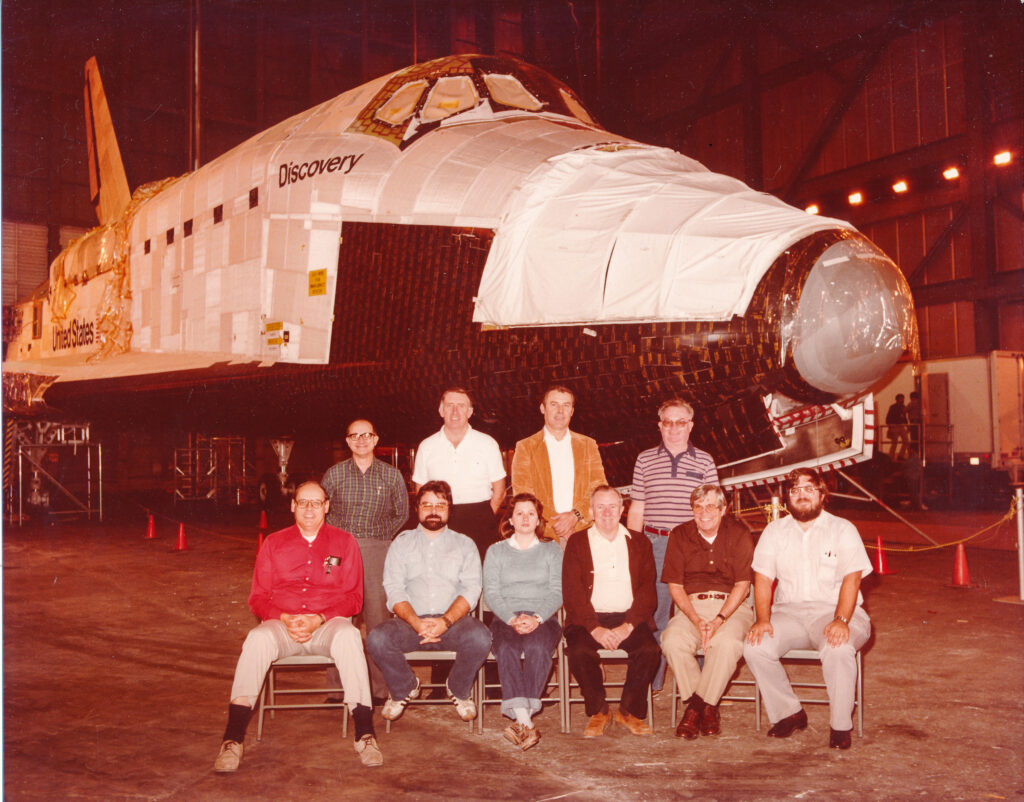
Within the year, they relocated to a home in Lancaster, next to Palmdale. Dad worked with the team to install and test the guidance and navigation systems before transferring the Shuttle to Florida. It so happens I moved to California the same summer to go to college. They stayed in Lancaster until 1978, when I graduated.
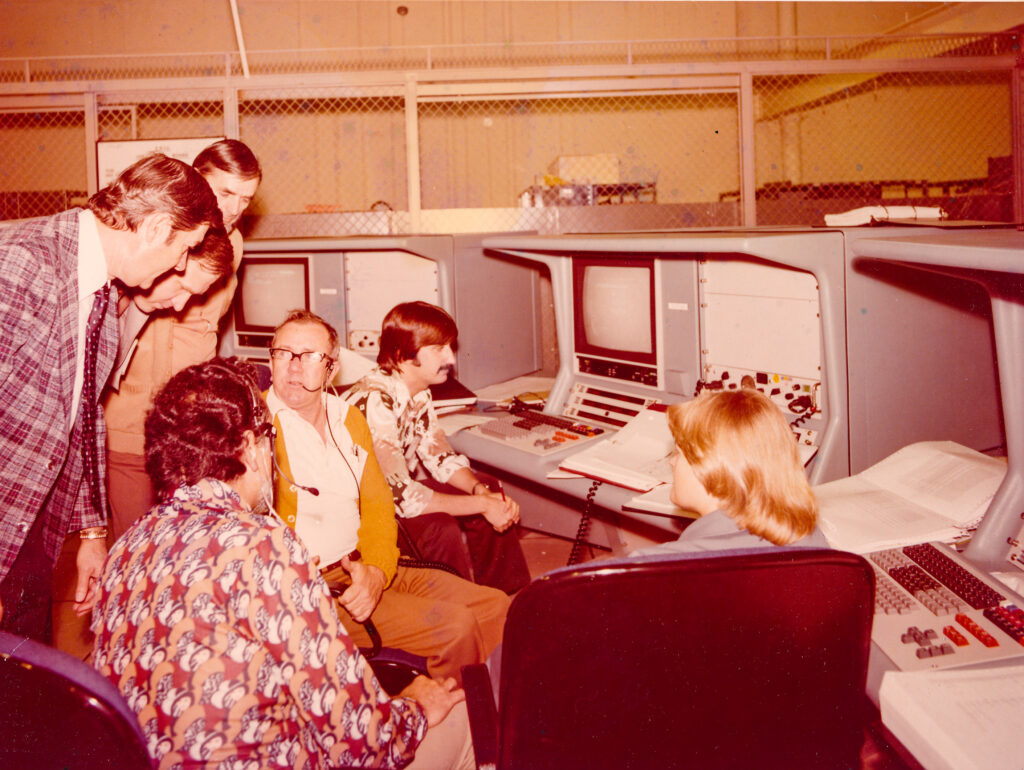
They moved back in 1978 to buy a lovely house on the golf course. Dad finished his career supporting the Shuttle program. He received much recognition for his work and the prestigious Silver Snoopy Award in 1989. This is an exceptional award as the Astronauts give it to the team members who made the Shuttle possible.
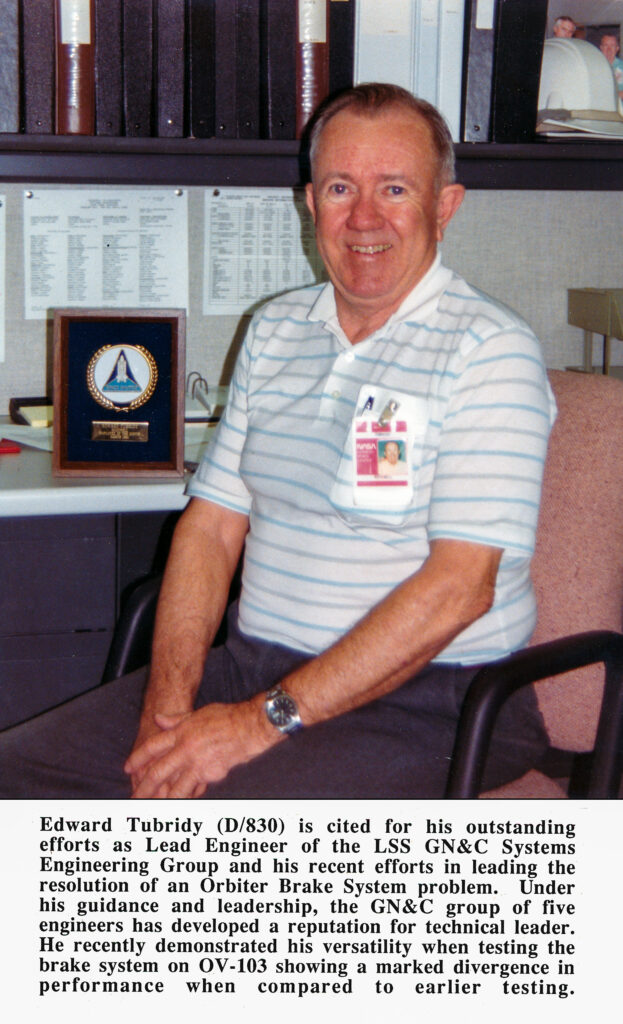
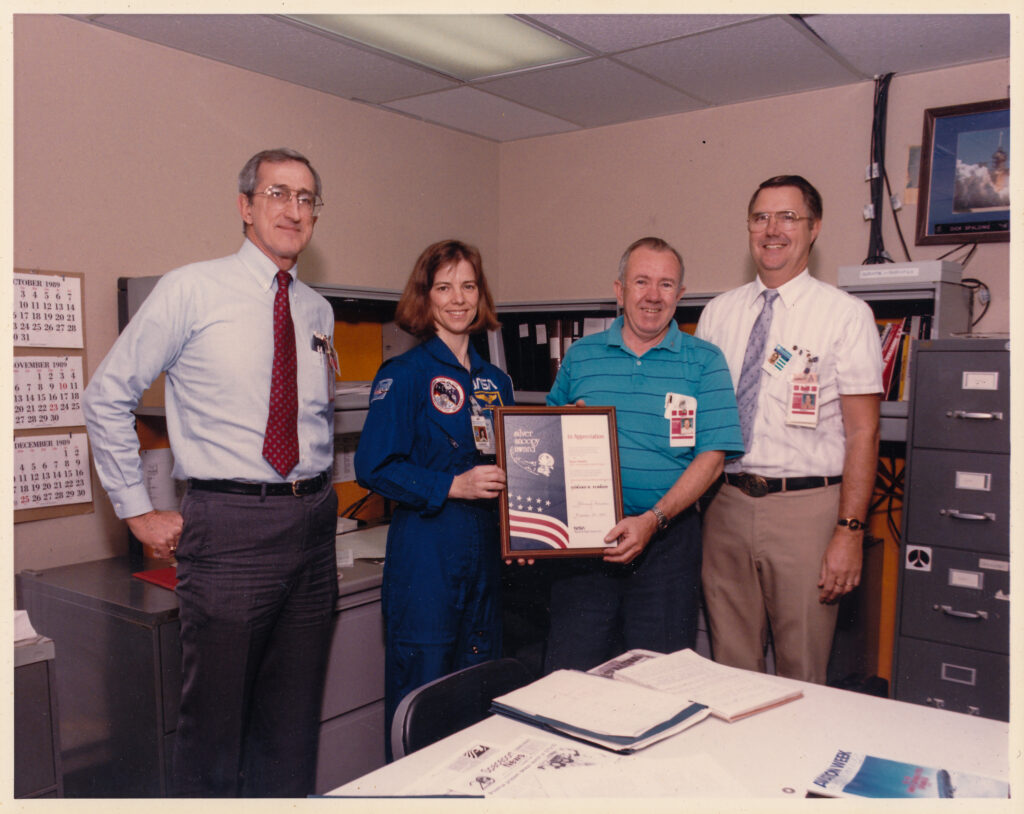
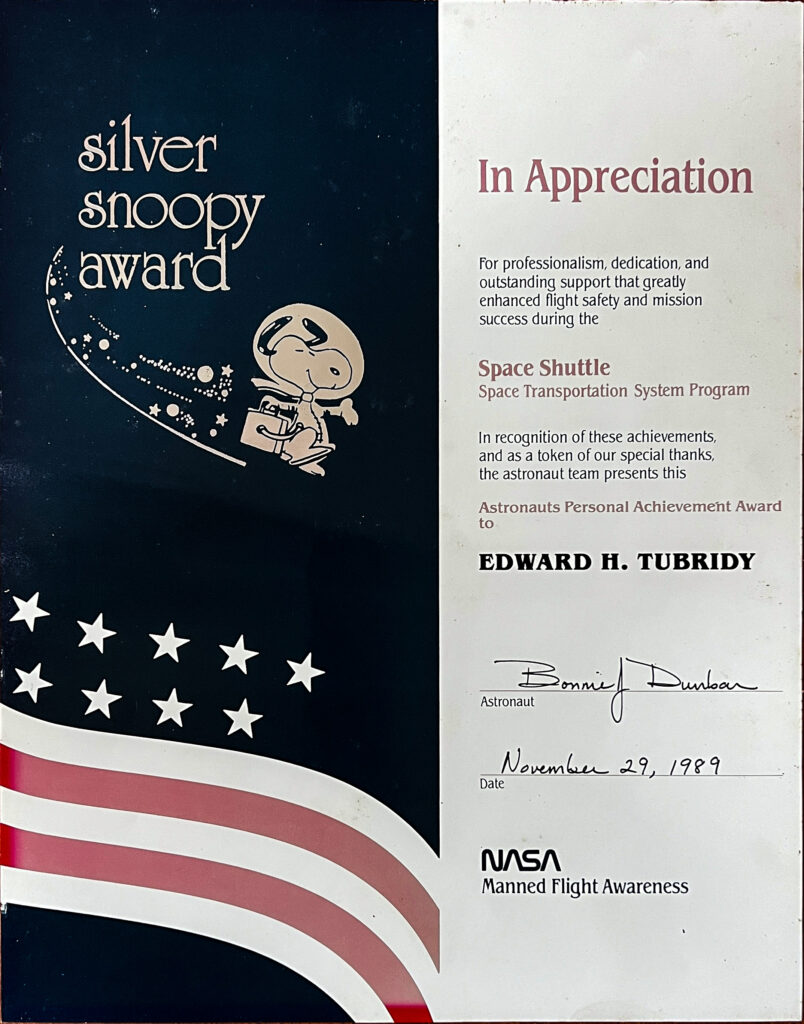
After Dad’s retirement in 1992, they moved back to the family home (which had been rented). He passed away in October 2002.
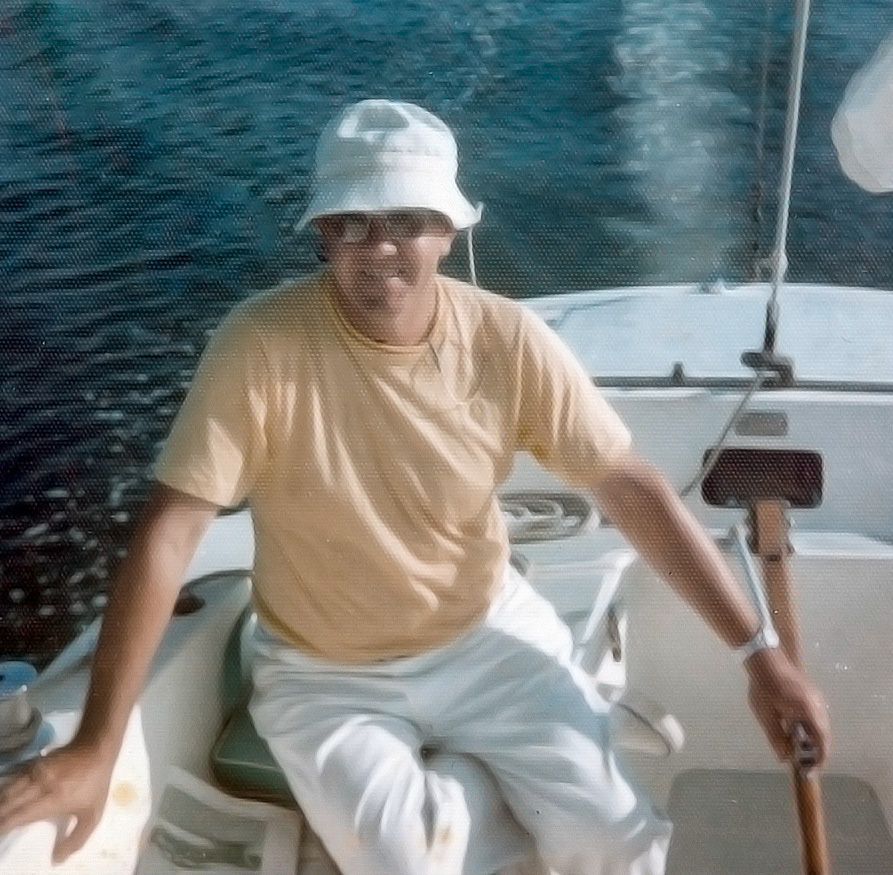
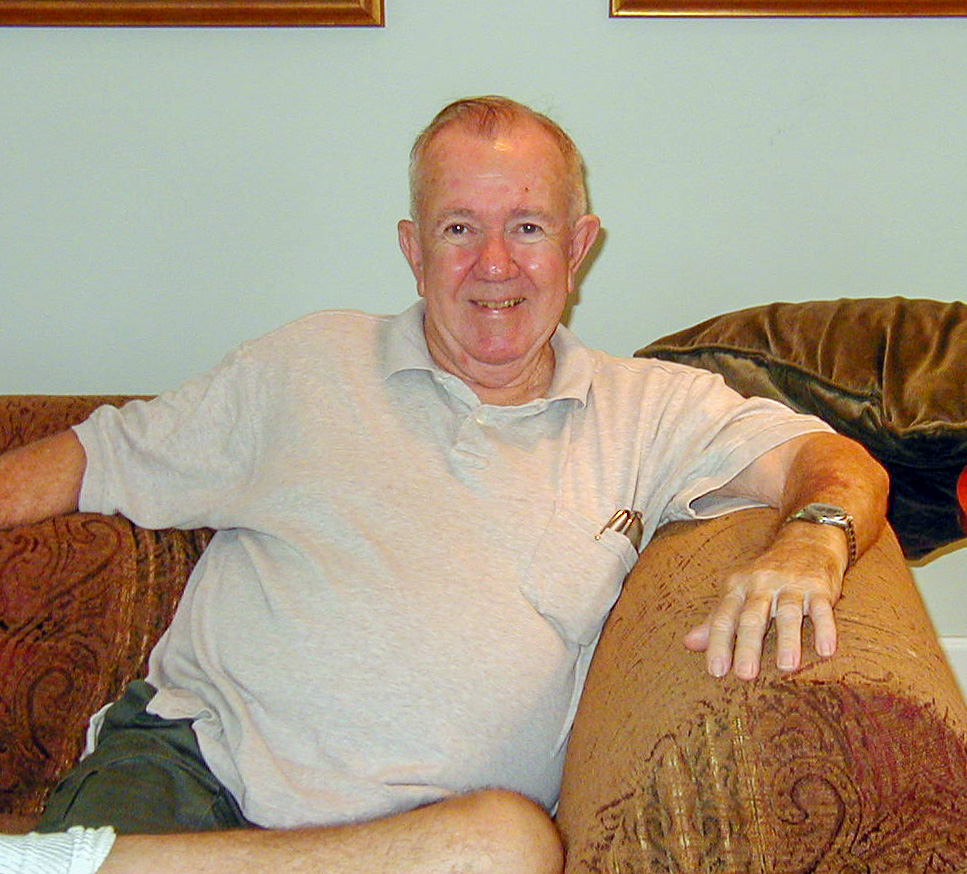
Dad became interested in sailing after moving here in the late 1950s. We had several sailboats, but the one I remember the best was a wooden sailboat named Argo, after the Greek hero Jason and the Argonaut’s boat. I fondly remember sleeping overnight in the boat, where he would read us parts of the tales at an early age. Later, he learned to fly, and we took several family trips flying in a rented plane to the Bahamas and to our relatives. He loved to play bridge. He and Mom played with other couples and always played at lunch with other rocket scientists. He kept that up in retirement, playing weekly at the local senior center. My Dad was always interested in learning and did much reading- fiction and non-fiction.
He always had his eyes on the stars. He was a Steely-Eyed Spaceman!
* Note
Much of the information on the Tubridy name is from the Wikipedia
Tubridy page. It also shows how the Gaelic names are formed. I did some research on the Coat of Arms and am dubious about what is shown there to be correct. According to my research, Coat of Arms was not an Irish custom, and when used, they frequently were different for different family groups.
Update
I visited Snoe Shoe on our 2022 Excellent Adventure trip. You can find some more photos there.
.


